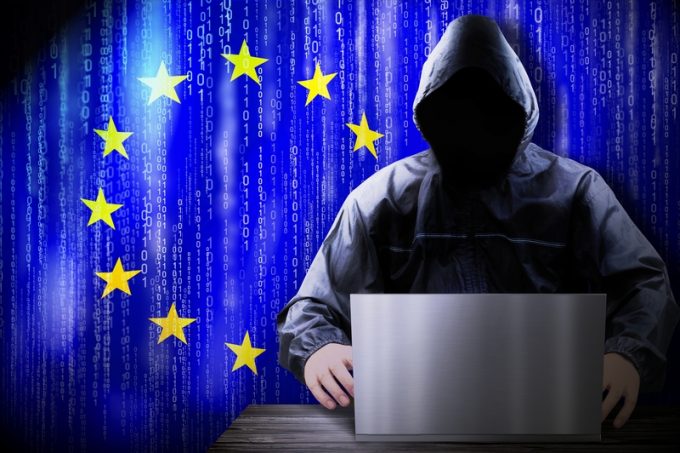Tech advances leave ship systems cyber-vulnerable, says DNV
A lack of interconnected shipboard equipment is making shipping a difficult target for cyberattack – ...

New EU laws next year will see major parts of the transport and logistics industry forced to boost their cybersecurity – and report all cyber-attacks.
The directive designates airports, airlines, traffic control authorities, ports and port equipment operators and shipping lines as “sectors of high criticality” and ...

Comment on this article